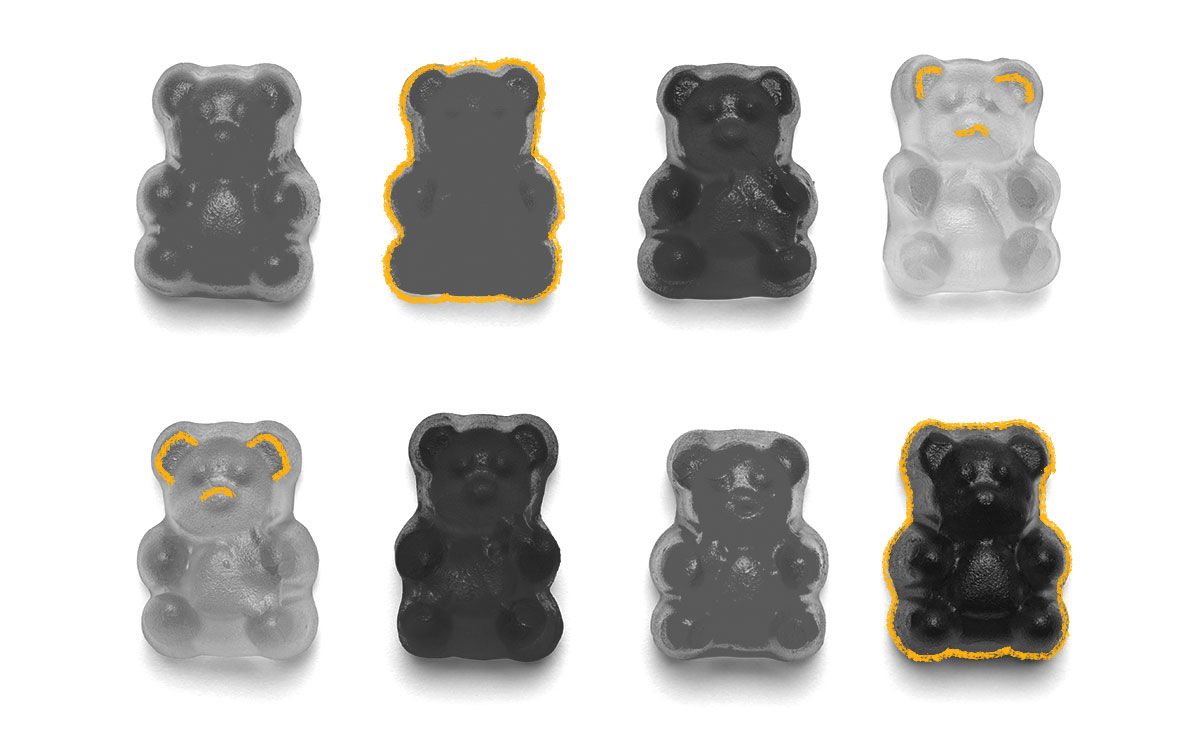Gummy bears (or gummi bears) are sweet, chewy, and beloved – but where did they come from? Well, in 1920, Hans Riegel of Bonn, Germany started a sweets company called Haribo. At first, he made hard, colorless candies. They sold well but were not fantastically successful. So a few years later, Riegel began producing a line of soft, gelatin-based, fruit-flavored candies in the shape of dancing bears, which were a popular form of entertainment at European festivals at the time. However, Riegel didn’t technically invent gummy candies; Turkish delight and Japanese rice candy had been around for many years and shared some similarities with gummy bears. More recently, gelatin-based, chewy wine gum candies had just been created in Britain in 1909. However, Riegel’s gummy bears had a unique texture and plenty of whimsy that made them unique – and an instant hit with kids. During World War II, the popularity of gummy bears took quite a hit and their creator passed away. Riegel’s two sons were taken prisoner by Allied forces, but upon their release they rebuilt their father’s gummy bear business. In the 1960s, Haribo began mass-marketing gummy bears to a broader European market and changed the design from taller, slimmer bears to the squatter, smushier ones we know today. Gummy bears were introduced to America by German-language teachers who gave them to their students and by American servicemen who brought them back for their families to try. Companies like The American Jelly Belly Company (previously The Herman Goelitz Company) came out with their own gummy bears in 1981, and in 1982, Haribo opened its first American office (although Haribo gummy bears were already being sold in the US through distributors). Today, gummy bears are still an iconic candy and are beloved all across the world.

Your go-to guide for weird history facts
Subscribe to the FREE daily email that makes learning about history fun.


